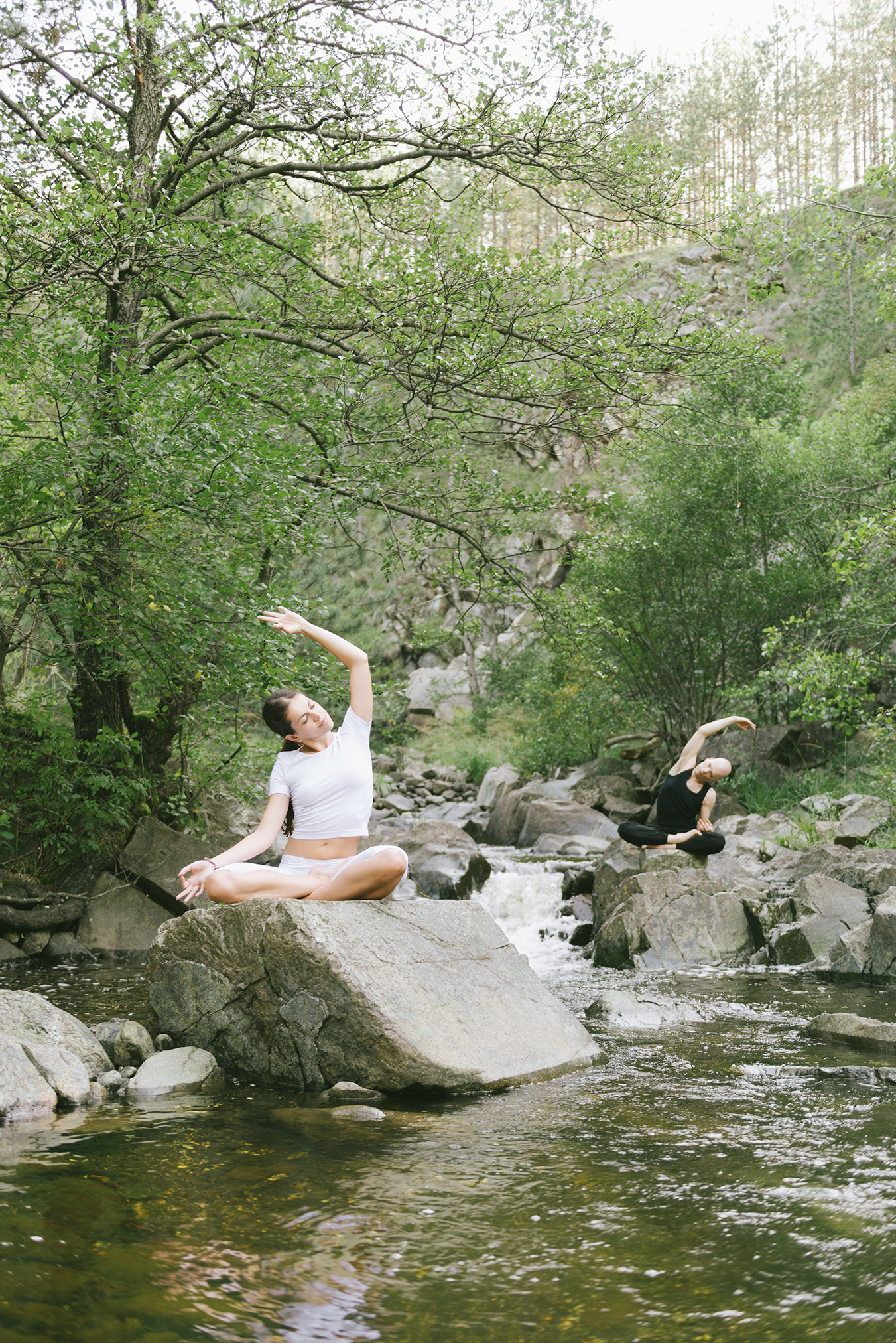The 6 Most Successful Yoga Pigeon Pose Companies In Region
관련링크
본문
A: This Pose is known to be therapeutic for sciatica as it stretches the hip flexors and glutes, which can alleviate pressure on the sciatic nerve. Blackwood says. Sciatica is an irritation of the sciatic nerve in your lower back, per the Hospital for Special Surgery (HSS). "You can use props like blankets or blocks under the hip or front thigh to support proper alignment," Blackwood says. A: If you find this Pose challenging, you can use props like cushions or folded blankets for support. It's a good idea to have some props on-hand the first time you attempt the pigeon stretch, as pigeon pose for beginners can be pretty intense. This variation of Pigeon is done in a standing position and is not too challenging, so even beginners should be able to do it. But before you even attempt your first variation of the posture, give your hips a mobility test to see how well they rotate and determine if you're facing a more formidable challenge than you might expect.

This pose will give extra stretch to your lower back. Pigeon Pose represents a harmonious balance between strength and surrender. The many variations of Pigeon Pose are suitable for all skill levels. The main variations of Pigeon Pose include Classic Pigeon Pose, Resting Pigeon Pose, and King Pigeon Pose. Only try King Pigeon Pose as you gain flexibility and can easily perform Classic and Resting Pigeon Pose with ease. Alternatively, you can try the Reclining Pigeon Pose (Supta Kapotasana) as a gentler variation. There are safer hip opener alternatives for those with joint sensitivities and injuries (Supta Ardha Padmasana or Supine Half Lotus for example). This pose focuses on opening your hips, which supports mobility and flexibility in that joint. It can help by opening the hips and stretching the hip flexors and ease the strain on the lower back muscles. Pigeon Pose can help stretch muscles surrounding your hips and lower back, such as the hip flexors, which are commonly tight due to excess sitting. When done properly, Pigeon Pose will do a great job at opening up your hip flexors (psoas and rectus femoris), groin muscles, and hip rotator muscles (gluteus medius and minimus).
So ease into it by trying the easier versions first, focus on opening the hips slowly and safely. Focus on Breath: As you settle into this Pose, direct your attention to your breath, inhaling and exhaling deeply to facilitate a sense of release and surrender. 9. Hold this pose for a few moments while maintaining focus on the ground between your fingertips. You want both hips to be aligned while in pigeon pose. To overcome these risks, it’s best to place a folded towel underneath your right buttocks and thigh to improve the positioning of your hips and knees. 7. Gently lower your buttocks to the floor while extending your right leg behind you, placing the top of your right foot flat on the ground. Erosion of the hip socket's labrum as well as the cartilage at the top of the femur bone. This version of the pose is done from a seated position in which the legs are folded and placed one on top of the other. The much more advanced version of the Pigeon Pose, one that requires precise alignment of the hips and the front leg in rotation.
Starting from sitting in Dandasana (stick pose), one knee is bent, keeping the knee on the floor, so the foot is just in front of the groin, and the other leg is taken straight back. Look straight forward and feel the stretch. 4. You may slightly lift your chin and look upward, but avoid bending your neck backward. 3. Look just a little bit forward to help with your balance, or let your head hang to let it relax! You will move your chest and head back as far as you can. Raised Hands Pigeon Pose: In this Variation, you have to raise both of your hands over your head and move then backwards as far as you can, while keeping your arms straight. 3. Extend your right leg straight back behind you so it’s in line with your hip. If comfortable, the back may be arched and the gaze directed straight upwards. A: Some women may find this Pose beneficial during menstruation, as it can help alleviate discomfort in the pelvic region. Though generally safe, Pigeon Pose - especially when performed incorrectly - may increase pressure on your hips, knees, and lower back. Improved Posture: By releasing tension in the hips, This Pose helps align the pelvis and spine, improving overall posture and reducing lower back pain.
In case you cherished this informative article along with you wish to receive more info concerning Yoga Pigeon Pose i implore you to pay a visit to our own web page.

